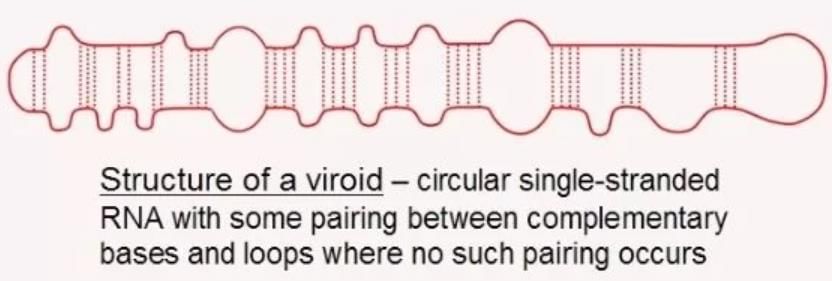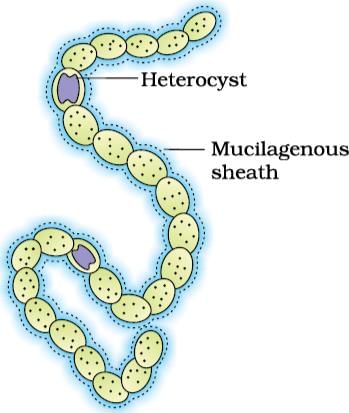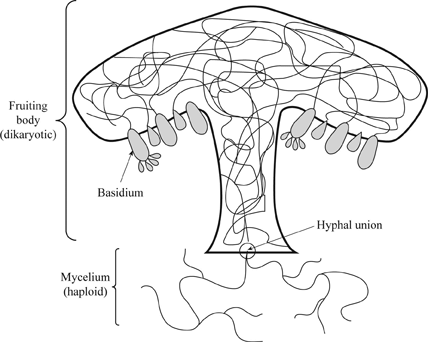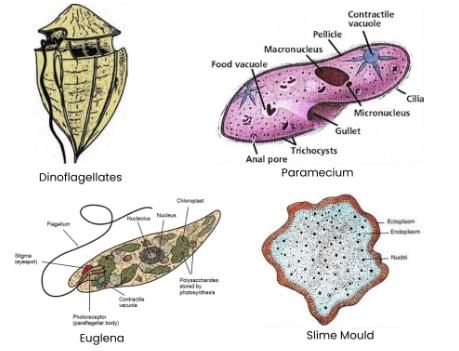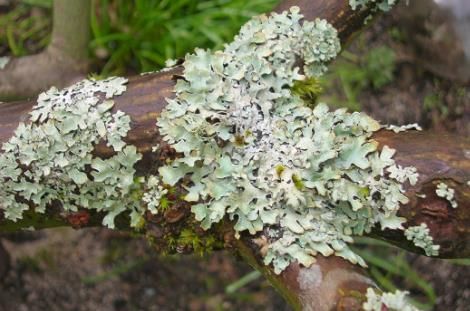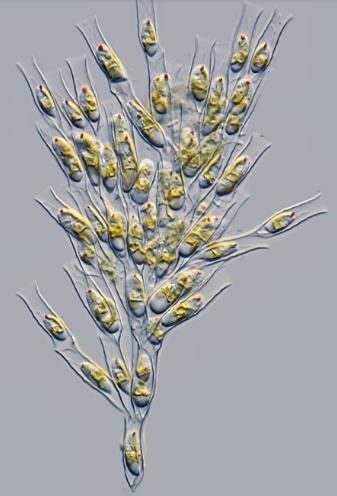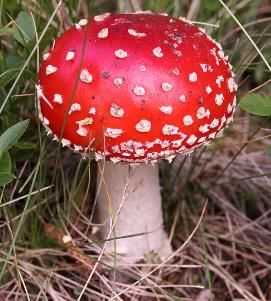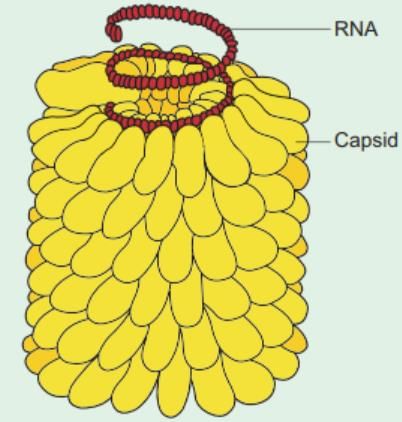31 Years NEET Previous Year Questions: Biological Classification - 1 - NEET MCQ
25 Questions MCQ Test - 31 Years NEET Previous Year Questions: Biological Classification - 1
Which of the following statements is correct? (2021)
Which of the following is correct about viroids? (2020)
Which of the following is incorrect about Cyanobacteria? (2020)
Match the organisms in column-I with habitats in column-II. (2019)

Select the correct answer from the options given below: (2019)
Which of the following statements is incorrect? (2019)
Mad cow disease in cattle is caused by an organism which has: (2019)
After karyogamy followed by meiosis, spores are produced exogenously in ______. (2018)
Which among the following is not a prokaryote. (2018)
Chrysophytes, Euglenoids, Dinoflagellates and Slime moulds are included in the kingdom______. [2016]
Which one of the following statements is wrong? [2016]
One of the major components of cell wall of most fungi is [2016]
Which of the following statements is wrong for viroids? [2016]
Which of the following are the most suitable indicators of SO2 pollution in the environment? [2015]
Choose the wrong statements: [2015]
In which group of organisms the cell walls form two thin overlapping shells which fit together? [2015]
Which one of the following matches is correct ? [2015]
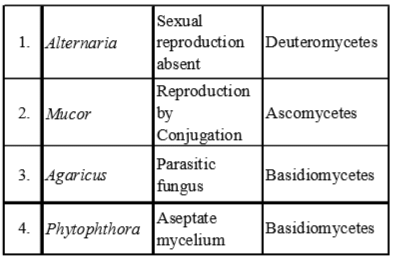
True nucleus is absent in : [2015 RS]
The imperfect fungi which are decomposer of litter and help in mineral cycling belong to: [2015]
Which one is wrong statement? [2015]
Pick up the wrong statement. [2015]
Five kingdom system of classification suggested by R.H. Whittaker is based on: [2014]
Which one of the following fungi contains hallucinogens? [2014]
Archaebacteria differ from eubacteria in: [2014]
Which of the following shows coiled RNA strand and capsomeres? [2014]
Viruses have: [2014]


